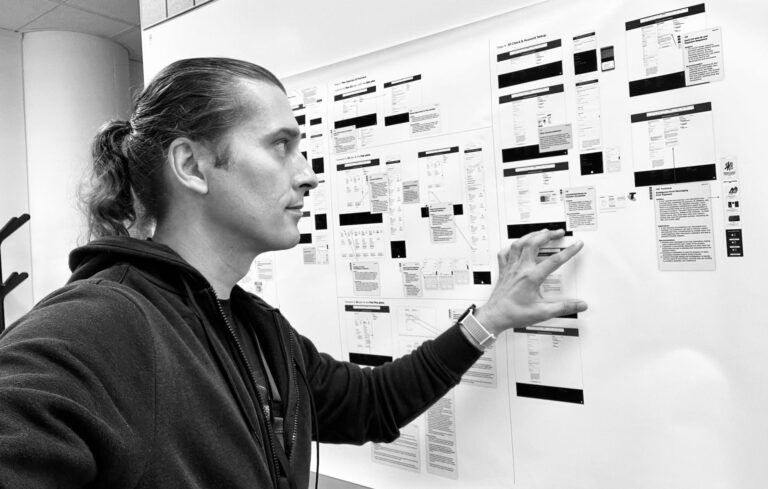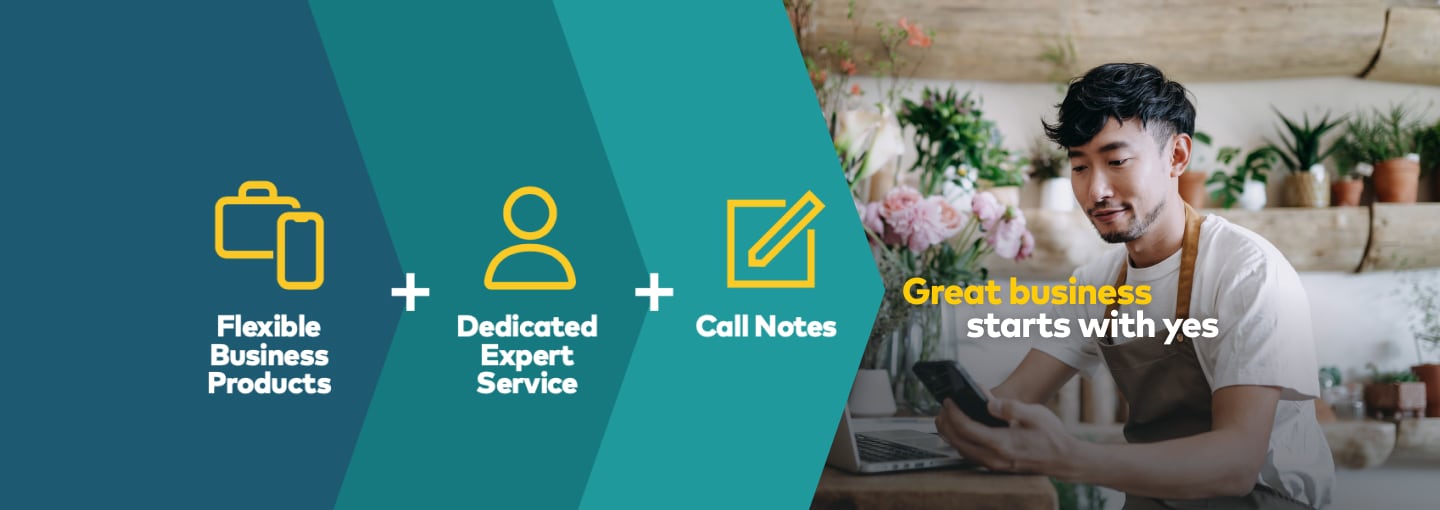Interview
Thank you for joining us today. To start off, could you tell us a bit about your background in UX design?
Alex: Absolutely, and thank you for having me. I’ve been in the UX design field for over a decade, working across various industries from tech startups to established corporations. My focus has always been on creating seamless, intuitive user experiences that not only meet the users’ needs but also exceed their expectations.
That’s impressive! Let’s dive into some common questions in the field. What do you think is the most important aspect of UX design?
Alex: The most important aspect, in my opinion, is empathy for the user. Understanding the user’s needs, frustrations, and goals is crucial. This empathy allows us to design solutions that are not only functional but also enjoyable to use. It’s about bridging the gap between user needs and business goals to create products that truly resonate with the audience.
“The excellence of a successful product is in direct proportion to its clarity and usability!”
Martin Tutko
Absolutely, empathy is key. Moving on, how do you approach user research in your design process?
Alex: User research is foundational to my design process. It starts with identifying the target users and understanding their behaviors, needs, and motivations through various methods like interviews, surveys, and usability testing. This research informs the design decisions and helps in creating user personas and journey maps to guide the design process. It’s a continuous process of learning and iterating based on user feedback.
Speaking of iteration, how do you handle negative feedback on your designs?
Alex: Negative feedback is actually a goldmine of insights. I approach it with an open mind and see it as an opportunity to improve. It’s important to understand the underlying reasons behind the feedback. Is it a usability issue, a mismatch of expectations, or something else? Once the issue is identified, I use it as a pivot point to refine and enhance the design. The goal is always to turn challenges into opportunities for better user experiences.
That’s a constructive way to look at it. Now, how do you ensure your designs are accessible to a wide range of users, including those with disabilities?
Alex: Accessibility is a priority in my designs. It starts with adhering to established guidelines like WCAG (Web Content Accessibility Guidelines) and involves inclusive design principles from the outset. This includes considering color contrasts, text sizes, keyboard navigations, screen reader compatibility, and more. Designing for accessibility means designing for everyone, ensuring that the product is usable and enjoyable for as wide an audience as possible.
Interviewer: It’s great to hear that accessibility is a core part of your process. Lastly, how do you stay updated with the latest trends and technologies in UX design?
“The excellence of a successful product is in direct proportion to its clarity and usability!”
Martin Tutko
Designer: Staying updated is crucial in the fast-evolving field of UX design. I regularly attend workshops, conferences, and webinars, and I’m an active member of several UX communities and forums. I also dedicate time to reading books, articles, and case studies in UX design. But more than just following trends, I focus on understanding the principles behind them to evaluate how they can effectively enhance the user experience.
Interviewer: Thank you for sharing your insights with us today. Your experience and approach to UX design are truly inspiring.
Designer: Thank you for having me. It’s always a pleasure to discuss UX design and share ideas with fellow enthusiasts. Remember, at the heart of UX design is the user, and our goal is to make their interactions as enjoyable and efficient as possible.
“The excellence of a successful product is in direct proportion to its clarity and usability!”
Martin Tutko
Currently working as a Senior Product Designer @ Singtel Optus in Australia.
A few words about myself
As already mentioned, I’m a product designer with over 20 years of experience working in UX design and marketing industries — collaborating with diverse businesses and start-ups from across 3 different continents. You can check more about what I do here.
Currently, I’m working for Optus in Australia where we build online products and better user experiences for our customers.
And besides my work, I’m always happy to meet new people, creative and inquisitive, to discuss ideas and business opportunities.
Experienced in
UX Design & Mid-size Project Management
(Digital Product Development)
Marketing Campaign Management
(Strategy & Planning | Product Marketing)
Content Strategy
(Information Architecture | Storytelling | Creative Writing)
Graphic Design & DTP
(Website & UI Design | Desktop Publishing | Pre-Press)
Website Development
(WordPress | Drupal | CMS Setup and Customisation | Online Applications)
Search Engine Optimisation (SEO)
(On-Page Technical SEO | Link Building | Content Distribution)
Digital & Social Media Marketing
(Facebook | Twitter | Linkedin | PPC Ads)
My writings & scribbles
I love reading and writing about various topics, mostly related to UX design, marketing and philosophy of being a rather flawed human being and consciousness.
You can find some of my writings on:
- Medium – where I write mostly about UX design and marketing
- Substack – where I get a bit more philosophical and share ideas on various topics related to being humans and our space in Universe
- On this website – where I publish (often unfinished) scribbles on random topics
Additionally, you can check my monthly musings on various topics here:
After Hours
Coming soon ….



